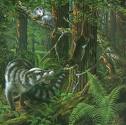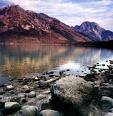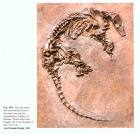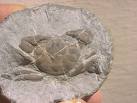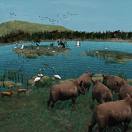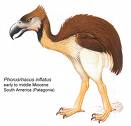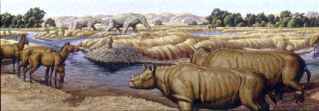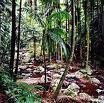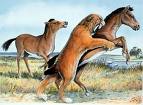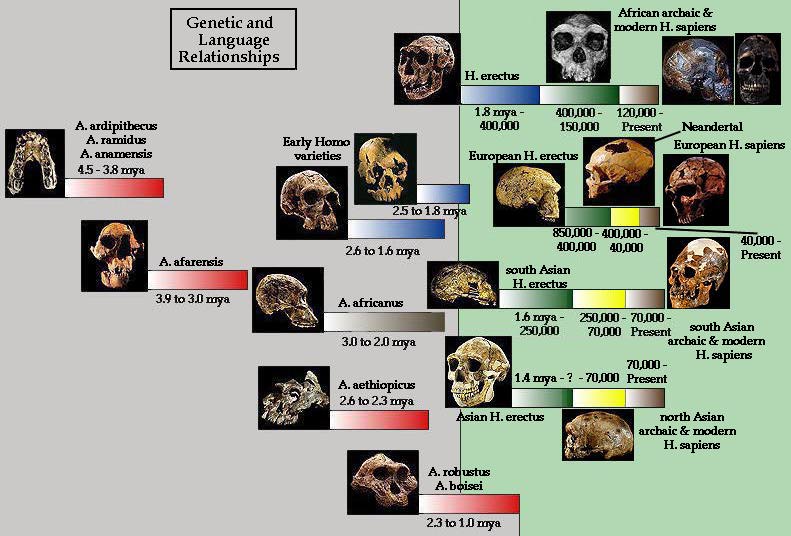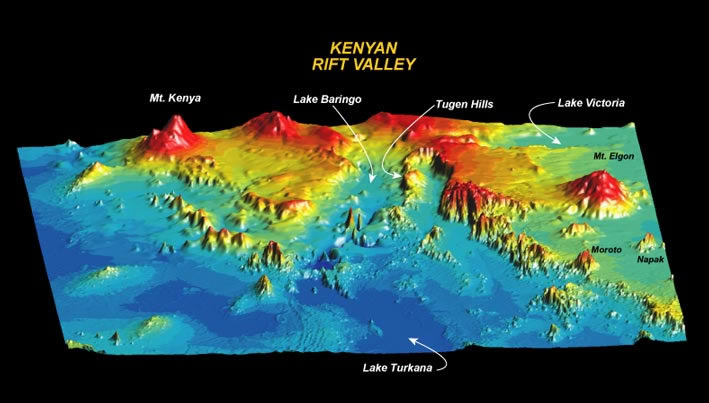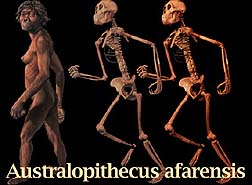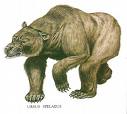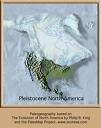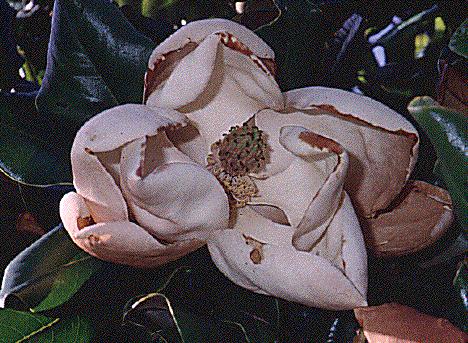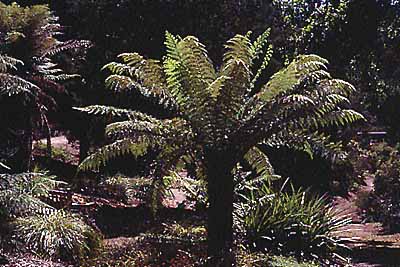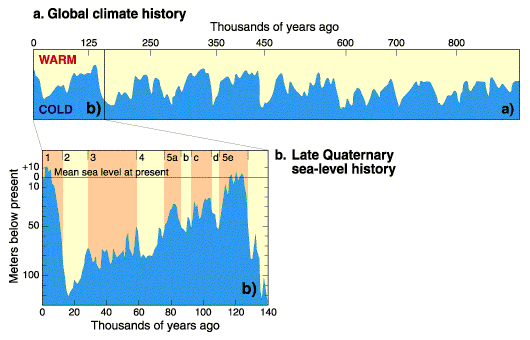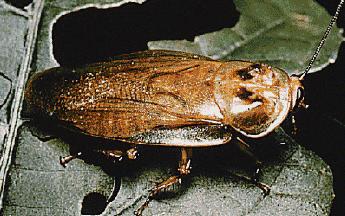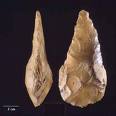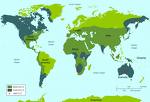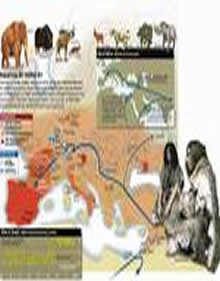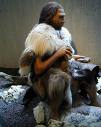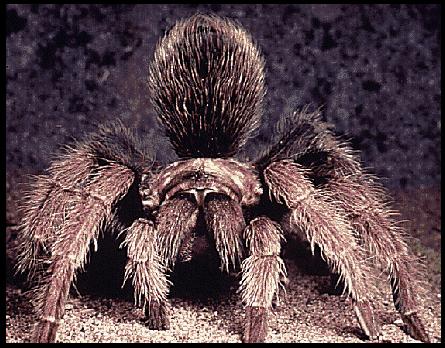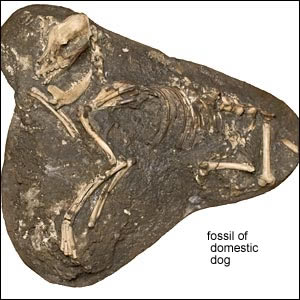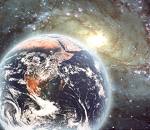Paleozoic Era
Mesozoic Era
Cenozoic Era
Cambrian Period |
Silurian Period |
Devonian Period |
Carboniferous Period |
Permian Period |
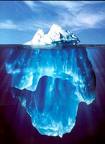 s s  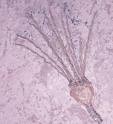   |
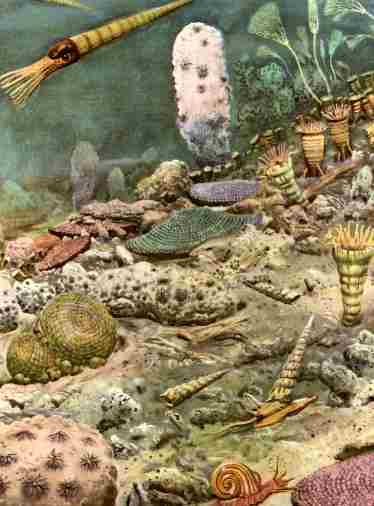  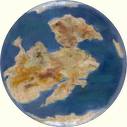 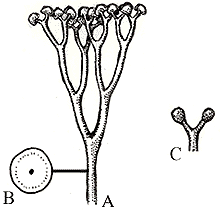 |
     |
 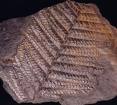 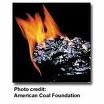    |
 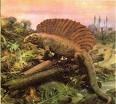      |
545-505 MYA The earth warmed and the ice from the last ice age melted leaving the sea level higher and water more hospitible to new life forms. The "Cambrian Explosion" left a huge diversity of animal fossils behind. The huge land mass was called Gondwana. This period was in the middle of two ice ages. The seas rose because of the ice melt. This is the first time Oxygen was found in sufficient quantities to create the expansion of life in the seas. The trilobites grew huge and ruled the era. |
438-410 MYA The glaciers which came at the end of the Ordovician Period melted, thus the sea levels rose and the teperatures stableized at a range conducive to new life. The development of the jawless fish and coral reefs made their appearance at this time.The earliest vascular land plant fossils were forund during this period. |
410-355 Durian the Devonian period the sea was ruled by large armored fish many new species of fish appeared.. The land was emerging to begin to support life. |
355-290MYA Giant swamps produced the plant life that created the fossil fuels we use today like coal. Insect were much larger than today and the animal from the sea began to migrate onto the land looking for food They were called tetrapods. The first amniote eggs bearing animals evolved on land.. |
290-250MYA During the Permian period the seas were very shallow and much of the life was migrating to land growing much larger. It was the greatest mass extinction this planet has ever seen. Most of the invertebrates that lived in the sea died. Scientsts believe that the carbon dioxide from volcanic activity was responsible for the mass extinction.Connifers appeared in great forests, plants with enclosed seeds. |
Triassic Period |
Jurassic Period |
Cretaceous Period |
 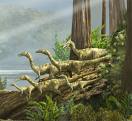   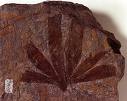  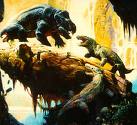 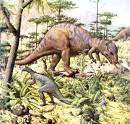 |
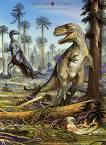      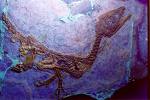  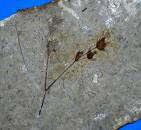 |
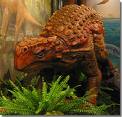 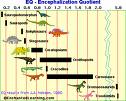  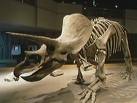 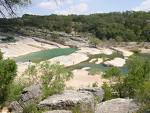 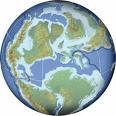  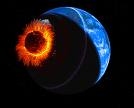  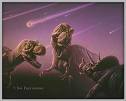  |
250-205 MYA Land animals grew in mass, the first dinosaurs appeared. Pangea, the first great land mass existed.The climate was warm and for the most very dry.Cycads and conifers were large and numerous. At the end of this period there were mass extinctions in the sea. Land animals continued to grow in size and diversity. |
205-135 MYA Pangea broke up into two large land masses; Laurasia in the north and Gandwanaland in the south. Large lizards called dinosaurs roamed the earth. Polar regions were free of ice and the climate becam warmer and more humid. Flowering plants became more abundant. The frist true bird appeared, the "archaepetryx ". |
135-65 MYA The great extinction took place. Meteor from space cashed into the earth and caused a massive extinction. Life as it existed on earth changed forever. |
| Tertiary Period | Quaternary Period |
||||||||||||||||||||||||||||||
|
|
||||||||||||||||||||||||||||||
| First flowering plants. Evolution of mammals. | The Quaternary Period is technically the age of Humans. It is a time when the primates developed a larger brain and the use of tools. |
